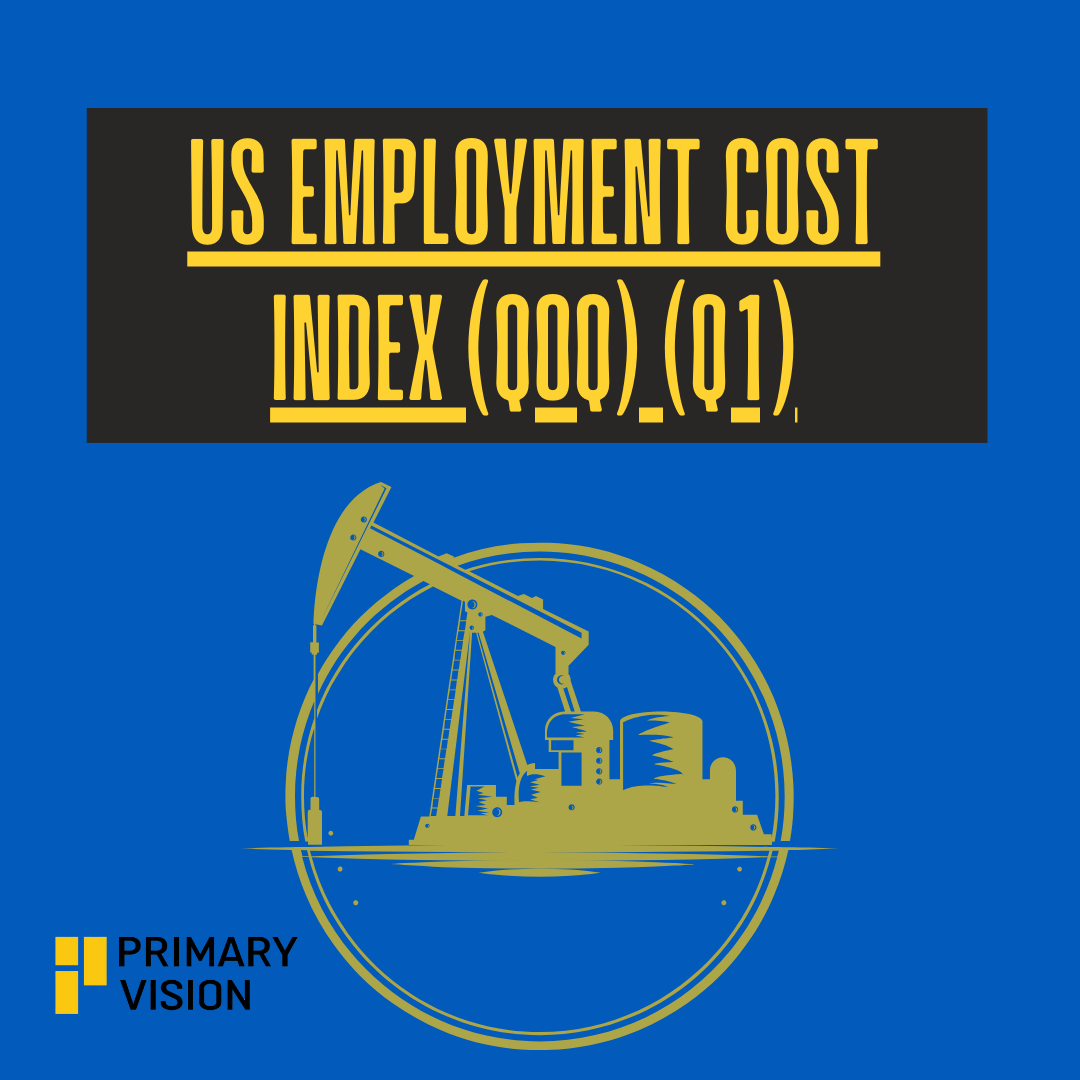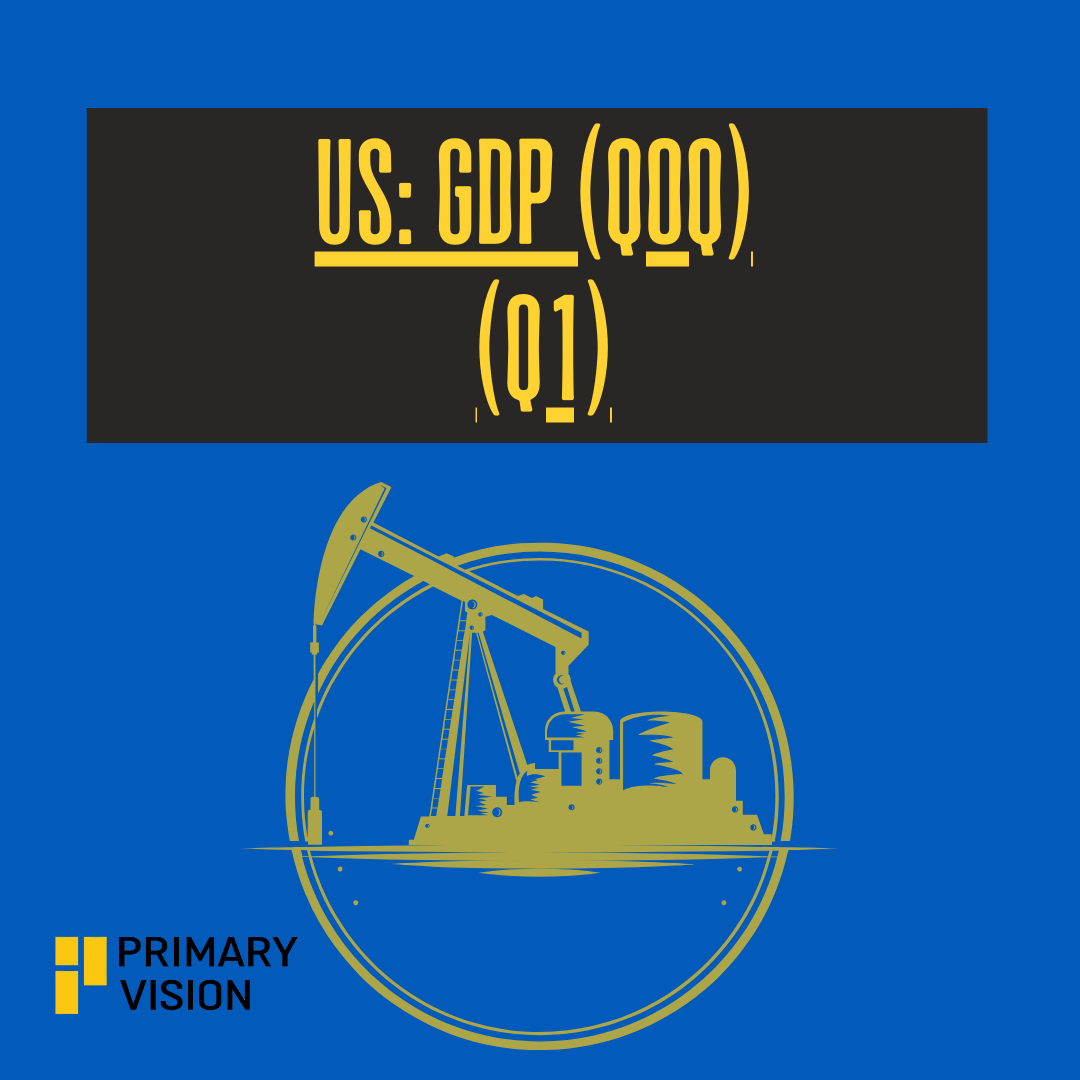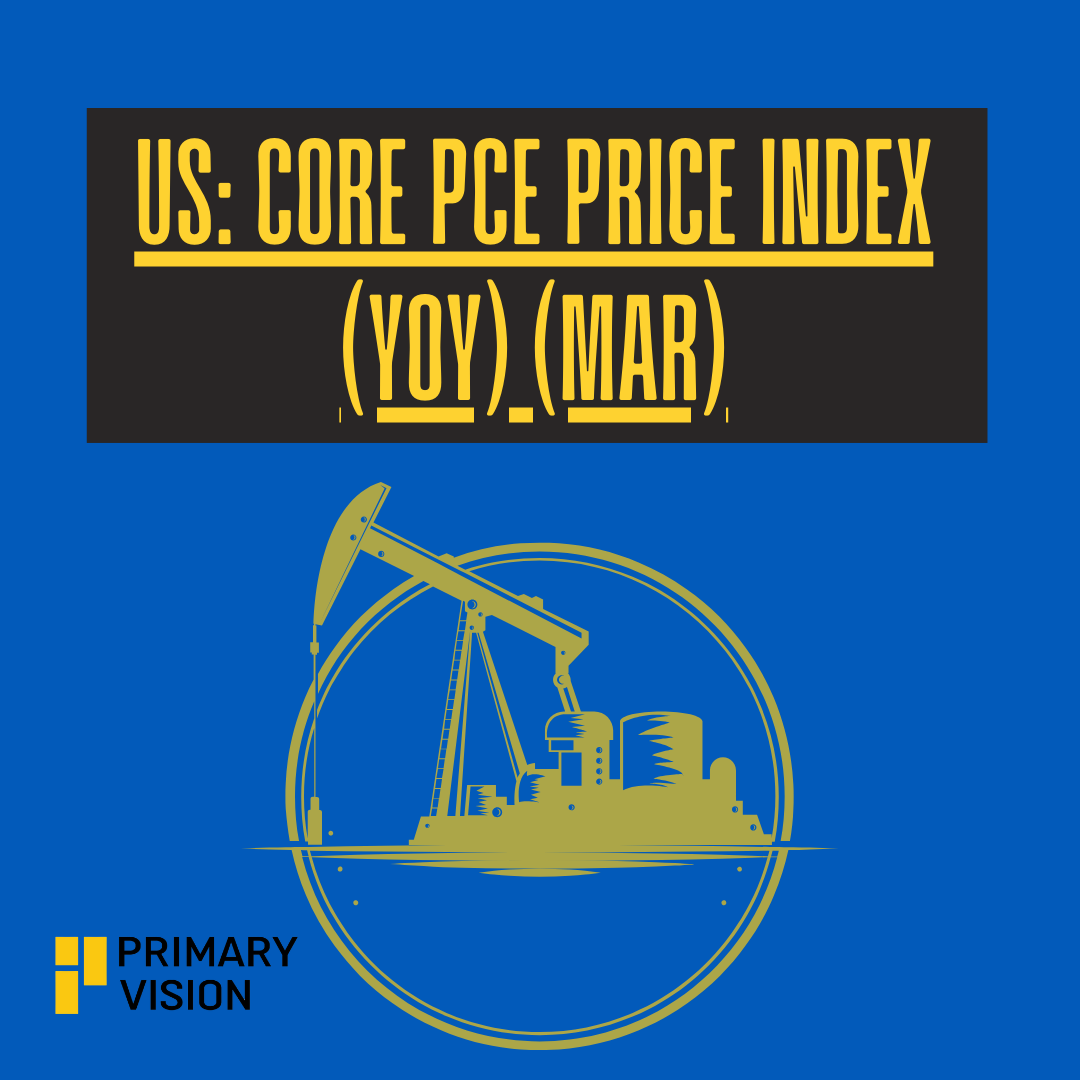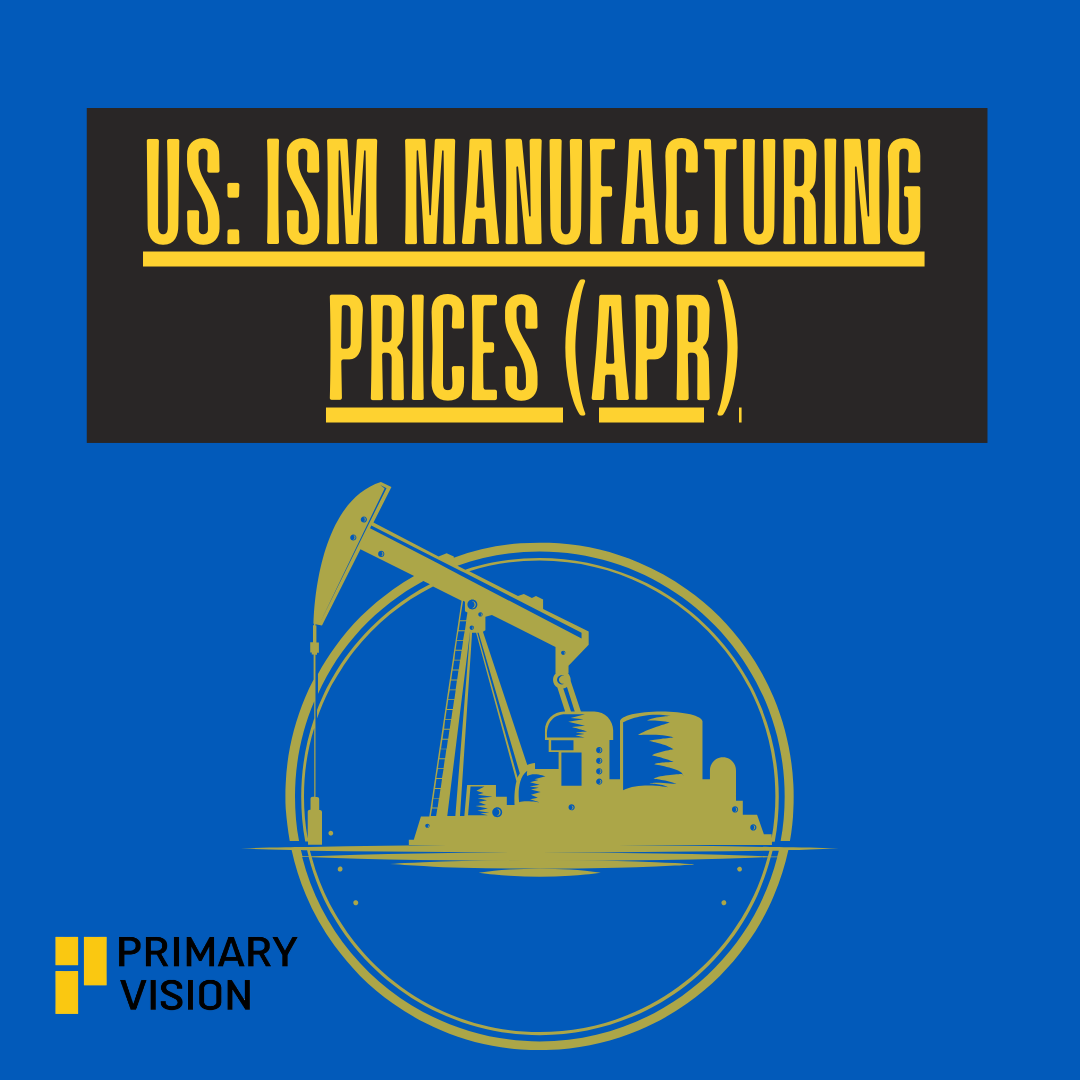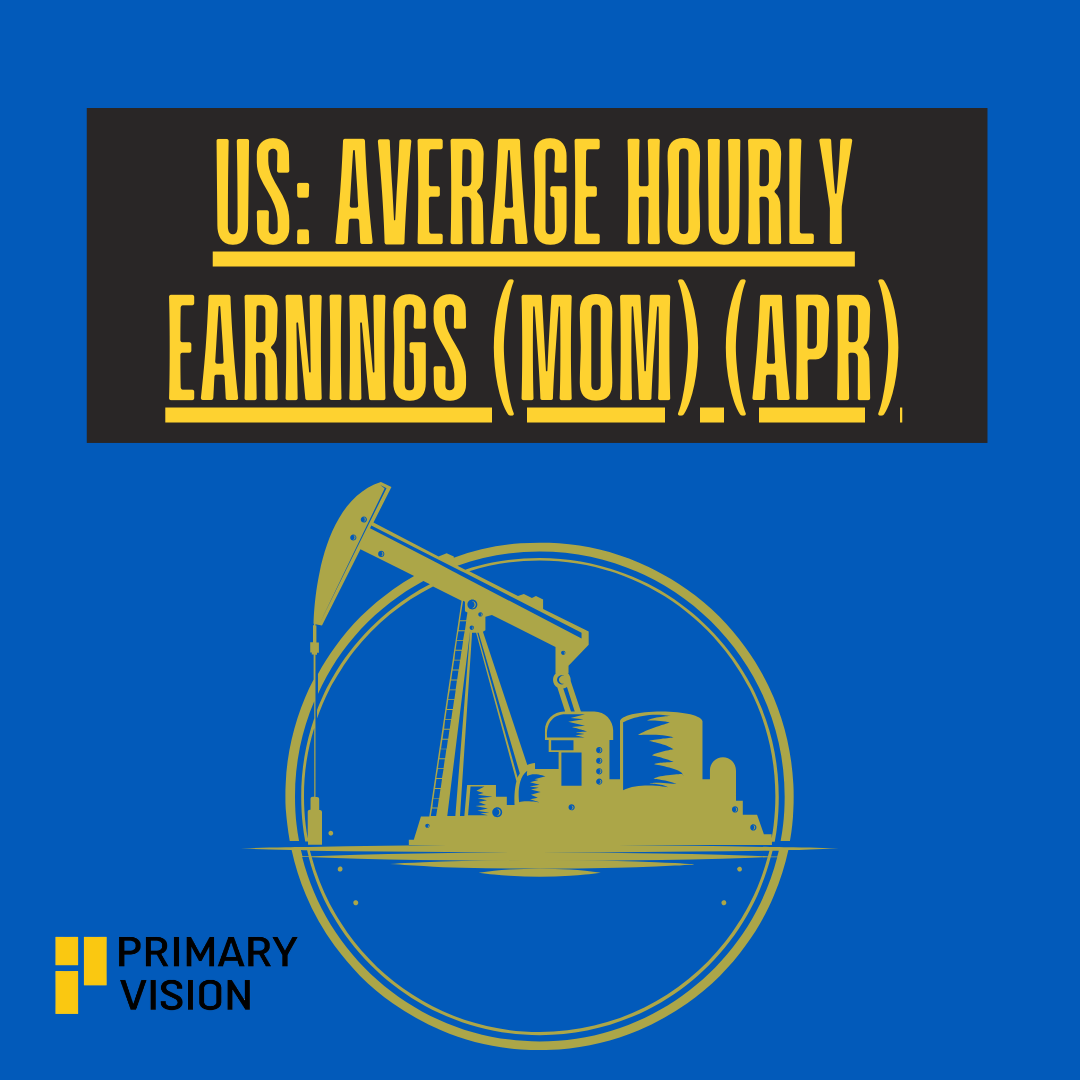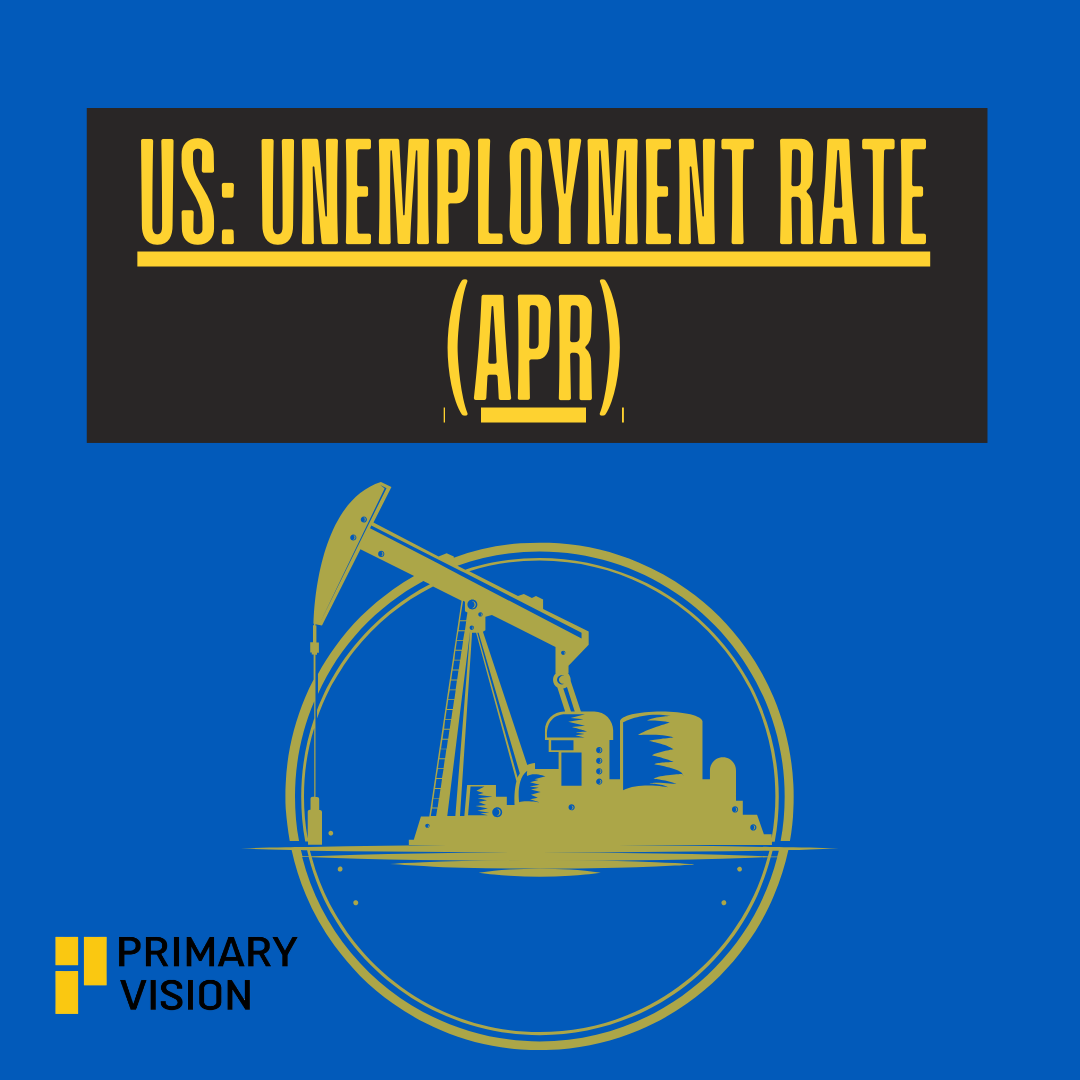Calendar of Events
M Mon
T Tue
W Wed
T Thu
F Fri
S Sat
S Sun
1 event,
1 event,
1 event,
EIA Weekly Petroleum Status Report
Provides timely information on petroleum supply and selected prices.
U.S. Energy Information Administration
Note: Release times may vary due to holidays; refer to the EIA’s schedule for specifics.
0 events,
1 event,
0 events,
0 events,
1 event,
1 event,
1 event,
EIA Weekly Petroleum Status Report
Provides timely information on petroleum supply and selected prices.
U.S. Energy Information Administration
Note: Release times may vary due to holidays; refer to the EIA’s schedule for specifics.
0 events,
1 event,
0 events,
0 events,
1 event,
1 event,
6 events,
EIA Weekly Petroleum Status Report
Provides timely information on petroleum supply and selected prices.
U.S. Energy Information Administration
Note: Release times may vary due to holidays; refer to the EIA’s schedule for specifics.
3 events,
Philadelphia Fed Manufacturing Index (Apr)
A regional business outlook survey from the Philadelphia Federal Reserve.
1 event,
0 events,
0 events,
1 event,
2 events,
API Weekly Crude Oil Stock
Measures changes in U.S. crude oil inventories reported by the American Petroleum Institute. Influences crude oil prices and energy sector outlook.
7 events,
EIA Weekly Petroleum Status Report
Provides timely information on petroleum supply and selected prices.
U.S. Energy Information Administration
Note: Release times may vary due to holidays; refer to the EIA’s schedule for specifics.
Eurozone: HCOB Eurozone Manufacturing PMI (Apr)
Provides insight into the manufacturing sector’s health across the Eurozone. A key gauge of business conditions and economic growth.
Building Permits (Mar)
Indicates future construction activity in the U.S. housing market. A rise signals confidence in the housing sector.
S&P Global Manufacturing PMI (Apr)
Reflects overall manufacturing activity in the U.S. economy. A leading indicator of business conditions.
S&P Global Services PMI (Apr)
Measures the performance of the U.S. services sector. Important for understanding broader economic trends as services dominate GDP.
Crude Oil Inventories
Weekly report of U.S. crude stockpiles from the EIA. Impacts oil prices and energy market sentiment.
Cushing Crude Oil Inventories
Tracks oil stock levels at Cushing, Oklahoma — a key delivery point. Can influence WTI crude oil futures prices.
5 events,
Continuing Jobless Claims
Counts ongoing unemployment insurance claims. Provides insight into the labor market’s longer-term health.
Durable Goods Orders (MoM) (Mar)
Monitors new orders for long-lasting manufactured goods. An indicator of manufacturing activity and business investment.
Initial Jobless Claims
Reports the number of new unemployment claims filed. Offers a timely snapshot of labor market trends.
Existing Home Sales (Mar)
Shows the number of previously owned homes sold. Reflects consumer confidence and mortgage market conditions.
Atlanta Fed GDPNow (Q1)
Real-time model estimate of U.S. GDP growth for Q1. Used to track economic momentum between official reports.
2 events,
Michigan 5-Year Inflation Expectations (Apr)
Surveys consumer expectations for inflation over the next five years. Affects monetary policy and market sentiment.
1 event,
China: Chinese Industrial profit YTD (Mar)
Measures cumulative industrial profit growth in China year-to-date. A key indicator of China’s industrial sector health.
0 events,
2 events,
Dallas Fed Mfg Business Index (Apr)
Measures manufacturing activity in Texas; a drop may indicate regional slowdown, often reflecting national trends.
10 events,
Europe- GfK German Consumer Climate (May)
Surveys German consumers on economic expectations; vital for forecasting spending and economic resilience in Europe's largest economy.
Europe: Spanish GDP (QoQ) (Q1)
Quarterly growth rate of Spain’s economy; important for evaluating recovery and stability in the Eurozone.
U.S.: Retail Inventories Ex Auto (Mar)
Tracks stockpiles held by retailers excluding autos; high inventories can signal weaker future production or slower demand.
US: CB Consumer Confidence (Apr)
Measures how optimistic or pessimistic consumers are about the economy; influences future household spending.
JOLTS Job Openings (Mar)
Reports available job openings; a strong number shows robust demand for labor, affecting wage growth and inflation risks.
Atlanta Fed GDPNow (Q1)
Real-time GDP estimate updated frequently; closely watched by markets for its predictive accuracy compared to official GDP.
CHINA: Composite PMI
A weighted index of both manufacturing and services sectors; provides a broader view of China's economic momentum.
CHINA: Manufacturing PMI
Survey-based measure of factory output and new orders; key for global trade and commodity demand outlooks.
CHINA: Non-Manufacturing PMI (Apr)
Captures growth in China's services and construction sectors; crucial as China pivots toward a services-driven economy.
8 events,
EIA Weekly Petroleum Status Report
Provides timely information on petroleum supply and selected prices.
U.S. Energy Information Administration
Note: Release times may vary due to holidays; refer to the EIA’s schedule for specifics.
EUROPE: German GDP (QoQ) (Q1)
Germany’s quarterly economic performance; key to assessing overall Eurozone economic trends due to Germany’s size.
US Employment Cost Index (QoQ) (Q1)
Measures wage growth and benefit costs; rising labor costs can fuel inflation and influence Fed rate policy.
US: GDP (QoQ) (Q1)
Comprehensive economic growth measure; shows how fast (or slow) the US economy is expanding.
US: Chicago PMI (Apr)
Manufacturing and business conditions in the Chicago area; viewed as an early indicator of national economic trends.
US: Core PCE Price Index (YoY) (Mar)
Inflation measure excluding food and energy; the Fed’s favorite gauge for setting monetary policy.
US: PCE Price index (YoY) (Mar)
Tracks changes in overall personal consumption prices; broader inflation picture affecting consumer purchasing power.
US: Crude Oil Inventories
Weekly report on US crude stock levels; influences oil prices, energy costs, and broader inflation pressures.
5 events,
US: Initial Jobless Claims
First-time unemployment claims; a quick barometer of labor market strength and potential economic shifts.
US: S&P Global Manufacturing PMI (Apr)
Survey of manufacturing executives on output, new orders, and employment; good leading indicator of sector performance.
US: ISM Manufacturing PMI (Apr)
Highly regarded indicator showing expansion or contraction in US manufacturing; numbers above 50 indicate growth.
US: ISM Manufacturing Prices (Apr)
Tracks changes in the prices manufacturers are paying; rising prices can point to future consumer inflation.
US: ISM Manufacturing Employment (Apr)
Tracks hiring activity in manufacturing; useful for predicting broader employment trends.
6 events,
EUROPE: CPI (YoY) (Apr)
Annual change in consumer prices across Europe; key figure for ECB's interest rate and inflation management.
US: Average Hourly Earnings (MoM) (Apr)
Monthly change in wages; higher wages can support consumption but also raise inflation risks.
US: Nonfarm Payrolls (Apr)
Most important jobs report showing the number of jobs added or lost; strong numbers support economic growth outlooks.
US: Unemployment Rate (Apr)
Percentage of the labor force that is jobless; a core measure of labor market health.
US: Factory Orders (MoM) (Mar)
Monthly data on new orders for manufactured goods; a leading indicator of manufacturing sector strength.






































